Quite a mouthful: In tuna aquaculture, every life stage has a specific feed-size requirement
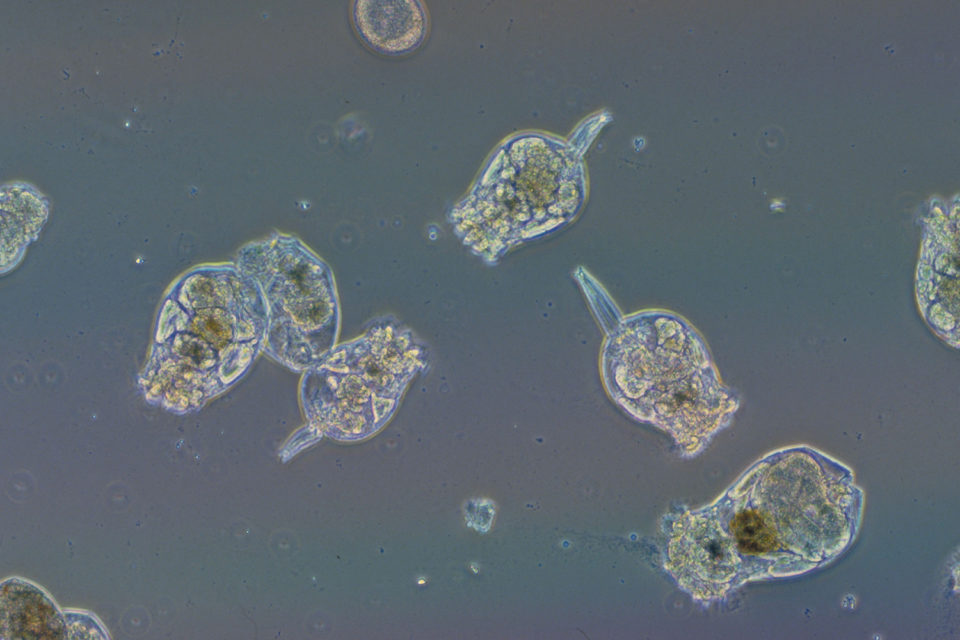
How big should fish feed be? For species such as yellowtail (Thunnus albacares) and bluefin tuna (Thunnus thynnus), which require progressively larger feed as they grow, the bigger the feed, the better. During the larval stage, yellowtail and bluefin are given microscopic rotifers – also known as wheel animalcules – that are usually between 80 and 320 microns (μm). As the fish grow larger, their diet shifts to the brine shrimp artemia, the smallest of which is around 400 μm.
But because this leaves a size gap between 320 and 400 μm, the larvae often develop poorly and sometimes resort to cannibalism, resulting in growth abnormalities and low survival rates. This gave Dr. Tomoko Abe of the RIKEN Nishina Center for Accelerator-Based Science (RNC) in Japan and Dr. Masahiko Koiso of the Japan Fisheries Research and Education Agency (FRA) a novel idea.
“The survival rate of bluefin larvae is extremely low at 1 to 5 percent,” Abe told the Advocate. “Rotifers are the first form of live feed that the larvae consume, but as they are often not big enough to satisfy the larvae, we decided to create a larger strain to increase the variety of rotifers available and improve larvae survival rates.”
“By using enlarged rotifers in juvenile rearing, we hope that we can reduce early mortality and make larvae production even more efficient,” added Koiso. “And if we could also produce enlarged rotifer of over 400μm as an artemia substitute, we could bring down production costs in aquaculture, simplify feed production and transition efficiently to large feed.”
In January 2021, together with Nagasaki University, Abe, Koiso and their colleagues successfully produced a large rotifer strain. They exposed batches of rotifers to beams of argon and carbon ions before choosing the larger strains and culturing the plankton to create a large mutant line. Exposing rotifer cells to heavy atomic nuclei and adjusting the type of ion and dose induces random mutations in the genome, enabling strains with desirable phenotypes to be selected. Abe had already done such work with plants and decided to apply similar techniques to rotifers.
“Larger mutants tend to grow more slowly than standard rotifers so we were expecting a slow growth rate. But we were surprised to end up with a strain of 340 to 400 microns long that not only grows larger but just as fast, if not faster, than the normal strain,” she said.
“Aquaculture is developing rapidly, and a reliable, affordable supply of juveniles is one important factor that supports the industry,” said Koiso. “It is not clear yet to what extent our research will contribute toward such a supply, but we have high hopes for this work.”
Is bigger feed better?
Size is one aspect to creating the optimal fish feed, but is bigger feed necessarily better? Although it seems like a simple question, the answer is more complicated, according to Dr. James Tidwell, professor and chair of the Division of Aquaculture at Kentucky State University.
Tidwell and his colleagues investigated the impact of pellet size and floating and sinking feed on the growth rate of largemouth bass (Micropterus salmoides). Having compared feeding diets with the same composition in 5.5-mm pellets and 13-mm pellets, no growth benefits were found in fish that ate the larger pellets. But tests on 5.5-mm floating pellets and 5.5-mm sinking pellets showed that fish given the sinking pellets were significantly larger (11 percent) than those fed the floating pellets.
“Most fish tend to eat all the pellets they can, usually swallowed whole, until they are full,” said Tidwell. “In general, it is considered better to feed a fish as large a pellet as possible because this reduces nutrient leaching and delivers the maximum nutrition with minimum feeding effort. It also takes more effort to eat many small pellets than a few large ones. Optimally pellet size is considered to be 25 to 50 percent of the width of the fish’s mouth.
But fish behavior is also important. Largemouth bass are reluctant to come to the surface to feed on floating pellets, especially during the bright light period in the middle of the day. A slow sinking pellet is therefore ideal as the fish like to hit pellets that are gradually falling through the water column.
The development of optimal feed is an area of significant research and interest in aquaculture. While much research has been done on the nutrient requirements of fish, feed characteristics and even a fish’s feeding habits are often overlooked. It does not matter how nutritionally correct a feed is if the fish will not eat it and that can be influenced by fish behavior – day or night feeder, top or bottom feeder. etc. – Tidwell said. Some fish are also sensitive to the texture of their feed, preferring wet and moist pellets over hard and dry ones. As well as feed size, all these can play a role in feed development and growth rate.
“Sinking pellets tend to be volume- and nutrient-dense,” said Tidwell. “As we move to extruded pellets, they float because they are less dense, so there are less nutrients in each pellet. However, some of the nutrients, such as carbohydrates, are made more digestible by the heat and pressure in the extruder. Extruded pellets also tend to be more water stable, with less nutrient leaching.”
A step towards meeting the need for feed
Many advancements have already been made in feed technology and feed strategies to produce maximum results on fish farms. A lot of these have been in the hatchery and larval stages, with the development of tiny pellets with excellent nutrition and pellet stabilities, and huge pellets for tuna, says Tidwell. But with many species still requiring live feed, the recent study from Japan could be significant, he says.
“I am not familiar with the technology in Japan so I do not know how practical or scalable it is or if the mutations would breed true,” he said. “However, there has been concern that our primary live feed, artemia, will become harder to get in the future so the investigation and development of new sources of live feed is important.”
Abe and Koiso believe that their work could open up new possibilities including the production of smaller rotifer strains if required and significant control over the size of live feed.
“We may end up with a steady juvenile production of important fish species, which has been difficult to achieve up to now with standard rotifers,” said Koiso. “The biggest issue in aquaculture is guaranteeing a steady feed supply, and I believe that there is a need for feed size that is appropriate for different growth stages. Our research is one step toward meeting this need.”
“Our work could also be applied to other types of animal plankton and species,” said Abe. “Now that we have successfully produced a large rotifer strain, we are investigating whether irradiating seaweed will enable us to select desirable traits such as high quality and productivity.”
As more companies and research institutions bolster traditional breeding with genomic insights and tools, there may be ample opportunity to apply this work to feed development, and not just in the production of bigger feed.
“Work is also underway to produce genetic strains of predator species such as trout, which can better utilize fishmeal alternatives such as plant-based ingredients. It’s another interesting area – the development of genetic strains of cultured fish which adapt more easily to artificial diets and don’t need live feed,” said Tidwell.
Follow the Advocate on Twitter @GAA_Advocate
Now that you've reached the end of the article ...
… please consider supporting GSA’s mission to advance responsible seafood practices through education, advocacy and third-party assurances. The Advocate aims to document the evolution of responsible seafood practices and share the expansive knowledge of our vast network of contributors.
By becoming a Global Seafood Alliance member, you’re ensuring that all of the pre-competitive work we do through member benefits, resources and events can continue. Individual membership costs just $50 a year.
Not a GSA member? Join us.
Author
-

Bonnie Waycott
Correspondent Bonnie Waycott became interested in marine life after learning to snorkel on the Sea of Japan coast near her mother’s hometown. She specializes in aquaculture and fisheries with a particular focus on Japan, and has a keen interest in Tohoku’s aquaculture recovery following the 2011 Great East Japan Earthquake and Tsunami.
Tagged With
Related Posts
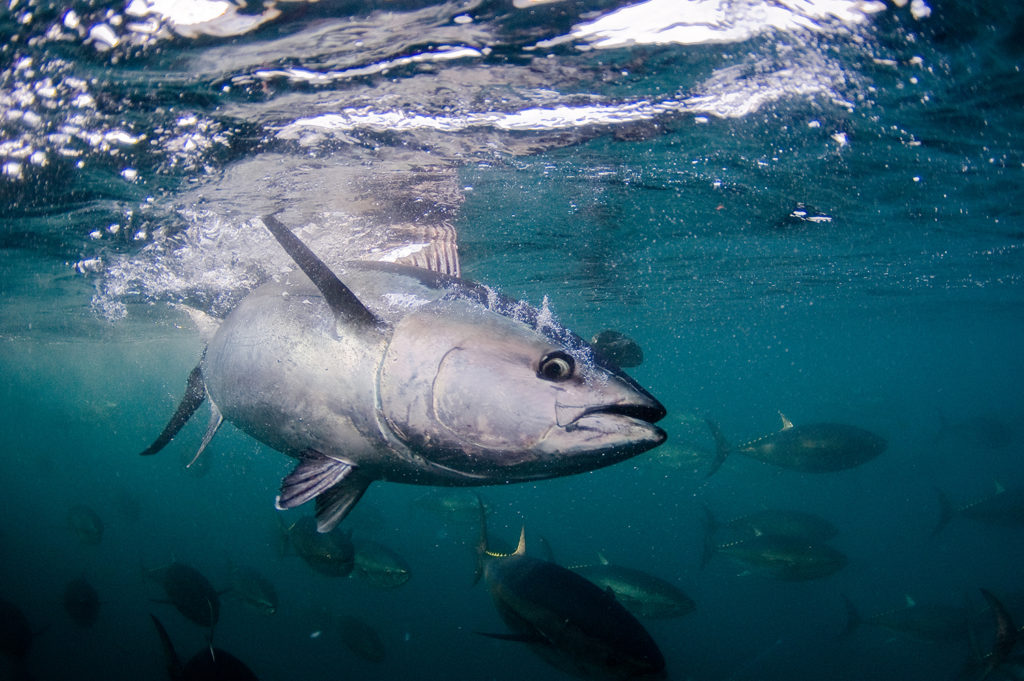
Innovation & Investment
Japan hopes aquaculture can save bluefin tuna
Bluefin tuna may be the most prized fish in the ocean. If hon-maguro sashimi is to remain chic, closed-cycle aquaculture may help keep it on menus.
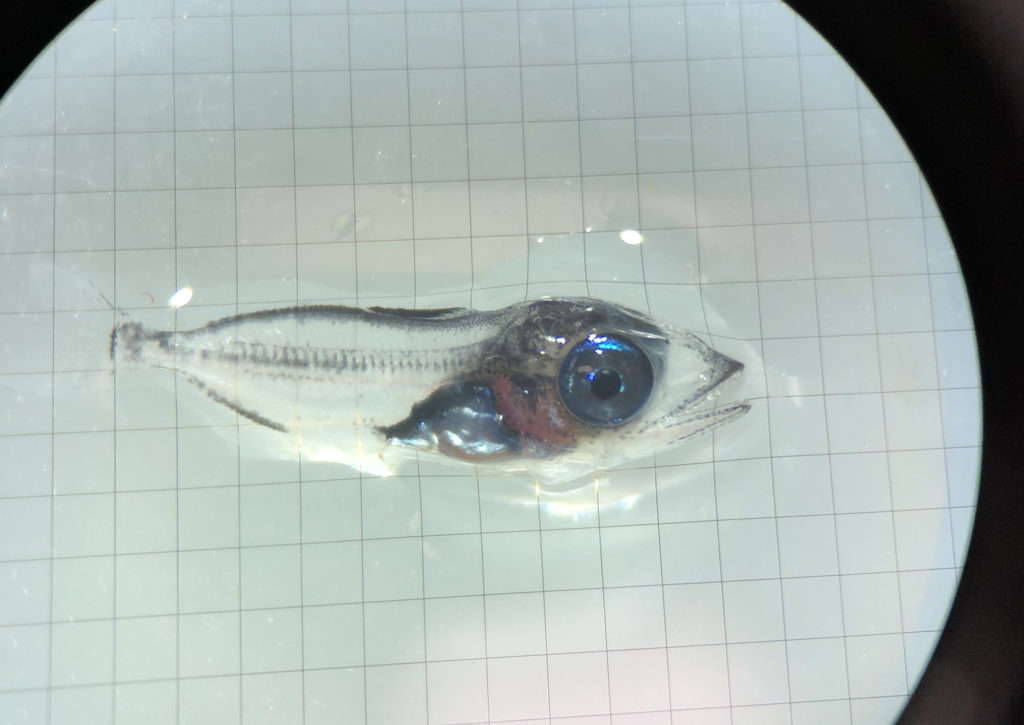
Innovation & Investment
‘Not convinced it can’t be done’: A look inside California’s new bluefin tuna hatchery
San Diego-based bluefin tuna hatchery and feed company Ichthus Unlimited aims to make tuna ranching a more sustainable and reliable option.
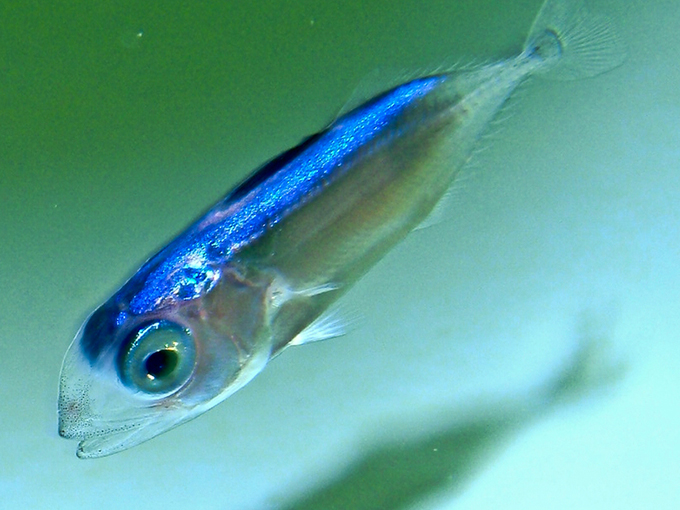
Innovation & Investment
Tuna aquaculture: Fishing for progress
Aquaculture could be a sustainable alternative to fishing for tuna but achieving commercial-scale production has proven challenging.
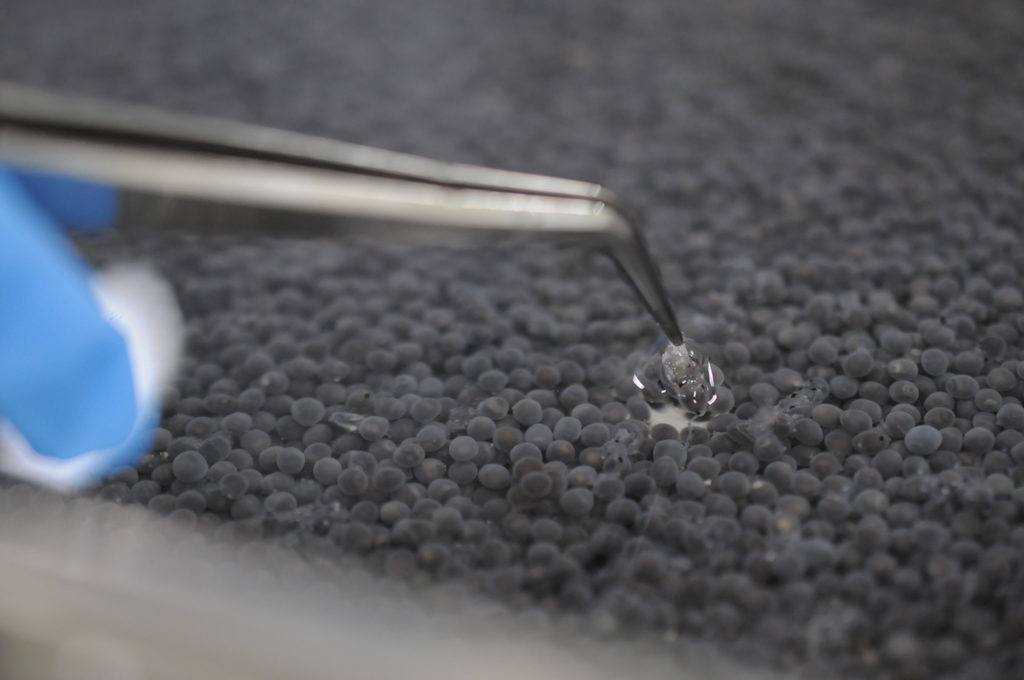
Intelligence
Champagne wishes: Breakthrough in Japan may make caviar cheaper
A new technique for sturgeon farming developed by Kindai University could greatly benefit Japan’s fledgling caviar industry.


